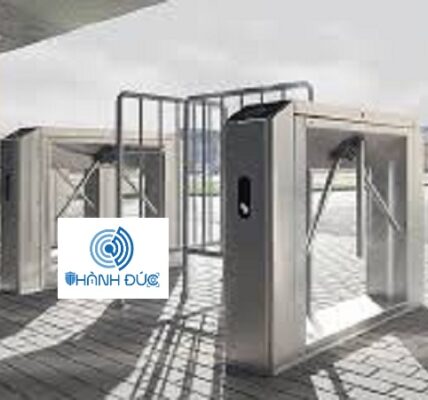Glass curtains, also known as glass curtain walls, are non-structural outer coverings of buildings, typically composed of large glass panels. baobinhduong.top share These panels are attached to the building’s framework, creating a seamless and transparent facade. Unlike traditional walls, glass curtains do not support any load other than their own weight and the environmental forces they face, such as wind pressure. The primary materials used in the construction of glass curtain walls include high-strength glass, aluminum, and sometimes steel, which collectively offer both durability and aesthetic flexibility.
Understanding Glass Curtains: What They Are and Their Benefits
The technology behind glass curtains from unit GlassCurtains has evolved significantly, incorporating advanced glazing techniques and energy-efficient materials. Double or triple glazing, low-emissivity coatings, and thermal breaks are some of the innovations that enhance the performance of glass curtain walls. These advancements not only improve their energy efficiency but also contribute to better thermal insulation and noise reduction.
One of the most notable benefits of glass curtains is their ability to maximize natural lighting. By allowing ample sunlight to penetrate the interior spaces, these glass structures reduce the need for artificial lighting, thereby conserving energy. The increased natural light also enhances the well-being and productivity of occupants, making glass curtains a popular choice for both residential and commercial buildings.
Aesthetic appeal is another significant advantage. Glass curtains provide a modern and sleek appearance, elevating the visual appeal of any structure. They foster a sense of openness and space, creating a seamless connection between indoor and outdoor environments. This is particularly beneficial in urban settings, where maximizing views and creating a sense of openness can significantly enhance the quality of living and working spaces.
Versatility is a hallmark of glass curtains. They are suitable for a wide range of building types, from high-rise commercial towers to residential homes. In commercial properties, glass curtains can create impressive, light-filled atriums and expansive office spaces. In residential settings, they can transform living areas into bright, airy spaces that blur the boundaries between the indoors and the outdoors.
The Growing Popularity of Glass Curtains in Thailand
In recent years, the architectural landscape of Thailand has seen a significant shift with the increasing adoption of glass curtains on page Glass Curtain . This modern architectural trend is gaining traction for several reasons, transforming both new and existing buildings across the country. The integration of glass curtains into Thai architecture reflects a blend of aesthetic appeal, functionality, and environmental considerations, making it a popular choice for contemporary structures.
One of the key drivers behind this trend is urbanization. As Thailand continues to develop its urban areas, there is a growing demand for modern living spaces that offer both style and practicality. Glass curtains provide a sleek, minimalist look that appeals to urban dwellers seeking sophistication and elegance in their homes and offices. Furthermore, the influence of global architectural trends cannot be overlooked. With international designers bringing innovative ideas to Thailand, glass curtains have become a symbol of modernity and progress.
Prominent examples of buildings featuring glass curtains include the MahaNakhon Tower in Bangkok, which stands as a testament to cutting-edge design and engineering. The tower’s pixelated facade, made possible by extensive use of glass curtains, creates a striking visual impact on the skyline. Similarly, the EmQuartier shopping complex showcases how glass curtains can seamlessly blend with retail spaces, creating an inviting and luminous environment for shoppers.
Must-read article: Glass Curtains Thailand should choose
Cultural and climatic considerations also play a crucial role in the adaptation of glass curtains in Thailand. The country’s tropical climate necessitates architectural solutions that can manage heat and sunlight effectively. Modern glass curtains are designed with advanced technologies, such as double-glazing and UV protection, to enhance energy efficiency and comfort. This allows buildings to maintain a cool interior while maximizing natural light, reducing the reliance on artificial lighting and air conditioning.
In addition to their functional benefits, glass curtains are also preferred for their ability to offer unobstructed views of the surrounding environment. This is particularly appealing in Thailand, where urban areas are often surrounded by natural beauty. By incorporating glass curtains, architects can create a seamless connection between indoor and outdoor spaces, enhancing the overall living experience.
In conclusion, the growing popularity of glass curtains in Thailand is a reflection of the country’s evolving architectural preferences and its desire to embrace modern, sustainable design solutions. As urbanization continues and global trends influence local projects, glass curtains are set to remain a prominent feature in Thailand’s architectural landscape.





